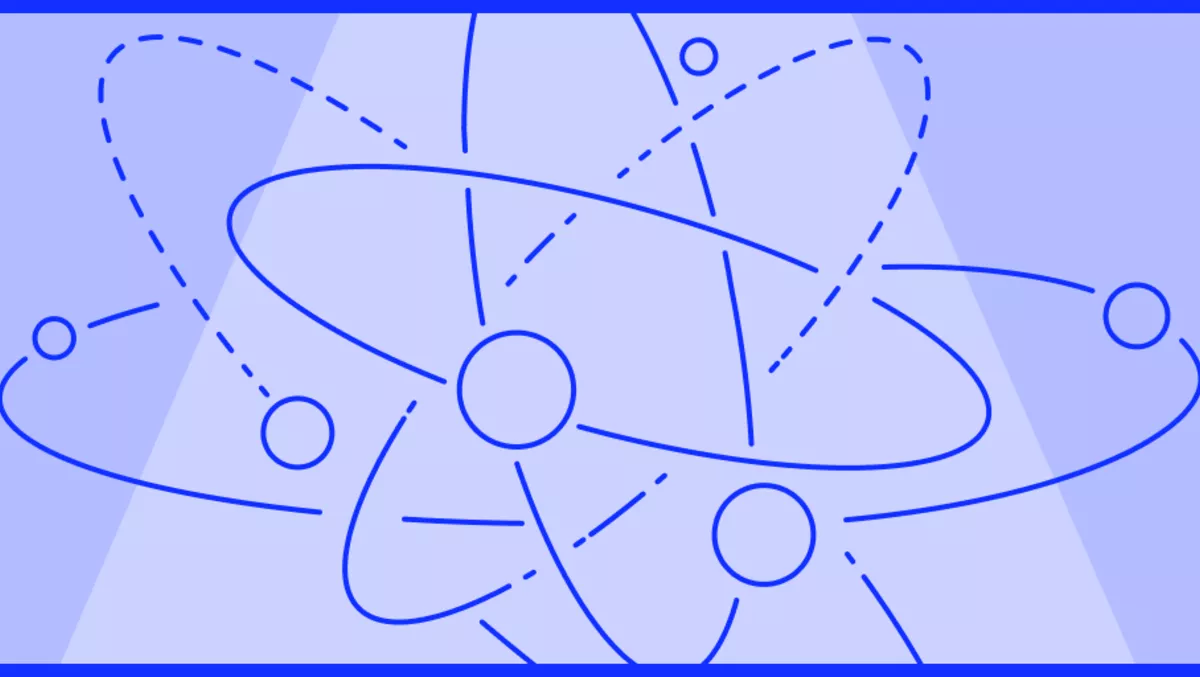
Blockchain: Why I prefer Proof of Stake (And why Ethereum does too)
Consensus mechanisms are tough to get right. Without a good one, the whole concept of decentralisation falls apart quickly: your efficient, fair, real-time, functional, reliable, and secure public ledger simply doesn't exist.
Fortunately, some very elegant mechanisms have emerged. Two key mechanisms are Proof of Work, favoured by Bitcoin, and the more recent plucky little brother, Proof of Stake, which sorts out the issues created by its older sibling.
CENNZnet, New Zealand's largest public blockchain, uses Proof of Stake. And you may have heard about The Merge? This is the name given to Ethereum's upcoming move to using the Proof of Stake consensus mechanism. This enables Ethereum to use around 99% less energy and allows the network to scale.
Why is Proof of Stake preferred by both Ethereum and CENNZnet? Read on to find out more.
What are blockchain consensus mechanisms?
A blockchain is only ever as good as its consensus mechanism. They require finding a workable way to get the whole (or at least the clear majority) of your decentralised community to commit to one agreed-upon version of the ledger: one that is accurate and free from malicious or false transactions. However, there's the issue of scalability. If everyone hosts a version of the ledger, that's A LOT of computing power that's only going to increase as the community grows.
A mix of both social and technical engineering is required to achieve agreement (or consensus) on single data values or parts of the network among the decentralised system. As a result of consensus being reached, new blocks are created and added to the chain.
These mechanisms are crucial for a self-regulating, decentralised community as there is no single authority to decree what does and doesn't go in the ledger. A robust consensus mechanism ensures a secure blockchain ecosystem that is both fair and accurate.
Proof of Stake
Proof of Stake (PoS) was developed in 2012 as a way of maintaining the benefits of a robust consensus mechanism without the huge energy demands of PoW. It's been adopted by several forward-thinking blockchain networks – CENNZnet included - and work is being done to establish it on Ethereum 2.0 (This is 'The Merge', my friends).
How does Proof of Stake work?
Instead of miners competing to broadcast a block, PoS uses a system of Validators who are pseudo-randomly selected to forge the next block. Validators can be chosen based on a combination of factors that could include the Validator's wealth, staking age or randomisation. Network members who want to participate in the forging of new blocks do so by staking. Staking is the process of holding funds in a specific cryptocurrency wallet which act as collateral for network security.
Most staking systems require all their node operators (Validators) to hold or stake their tokens in a wallet. They do this to add validity to their 'promise' to perform their forging responsibilities correctly. This includes forging blocks when required and verifying the work of other Validators. If they perform their duties correctly and all the other node operators can verify this, then the stake is returned, and a reward is given. However, if the node operator fails to perform their duties, their stake will be slashed – a portion taken away. This way, all node operators are incentivised to do the right thing for the blockchain.
The more tokens that are staked in the system, the more network users are invested in correctly following the blockchain protocols, which makes the whole ecosystem more secure.
What are the benefits of Proof of Stake?
The overwhelming benefit of PoS, and the reason it was created, is that it uses significantly less energy than PoW. Staking is not an energy-intensive process, and as a result, a blockchain network can comfortably expand without worrying about the colossal environmental impact. There are also some other key benefits to the Proof of Stake system:
PoS is more decentralised
Minimum stake thresholds are fairly low and accessible to most token holders.
PoS offers more security for the same cost
Check out Vitalik Buterin's cost analysis of stake and Proof of Work side by side.
Attacks are much easier to recover from in PoS
PoS's slashing mechanism protects the network against multiple attacks by the same malicious parties. Each attack requires a fresh set of tokens, making it continually expensive to attack the network. In PoW, successful first attacks can lead to much more dangerous 'spawn camping' attacks where continuing to attack the network becomes very cheap. This causes normal miners to drop out as they lose their ability to receive rewards while the attack is going on.
Why does CENNZnet use Proof of Stake?
Proof of Stake is the clear winner for CENNZnet. It is the dominant alternative to PoW and provides a far more environmentally sustainable way to secure the network. Ethereum and many other promising projects are adopting PoS. With Proof of Stake, we are benefiting from the innovation and brains of some of the best people in the blockchain space.

